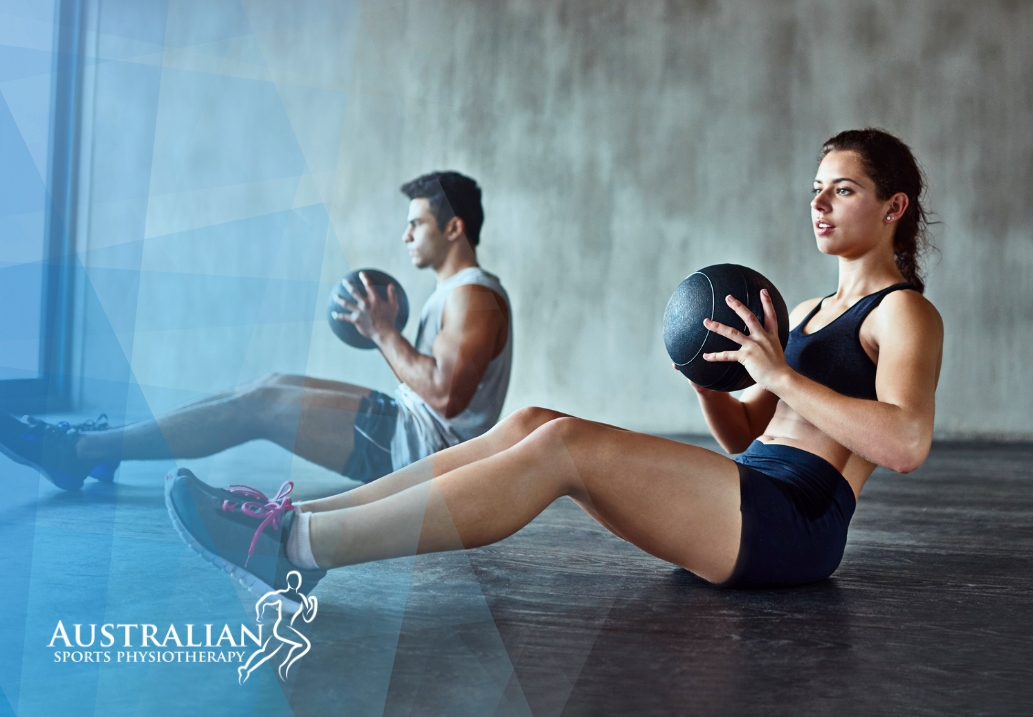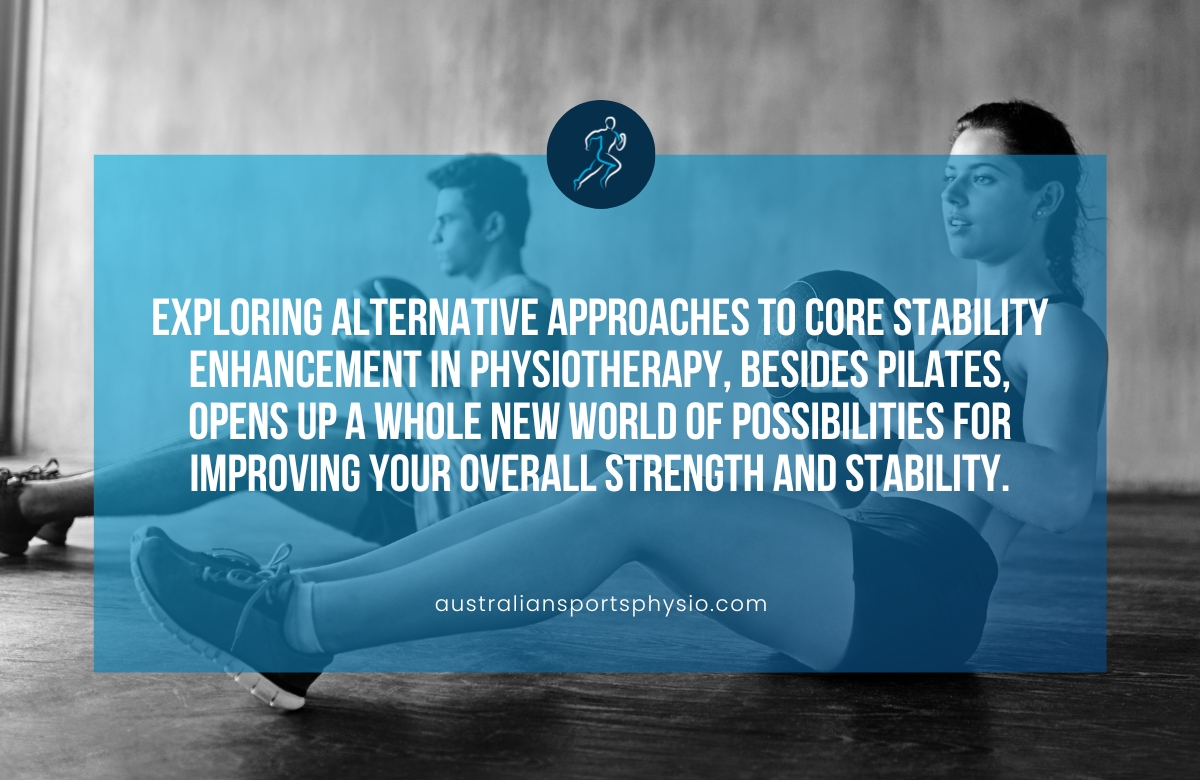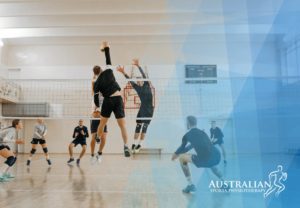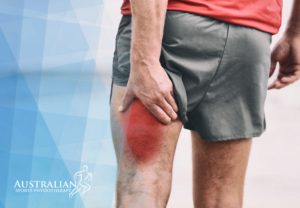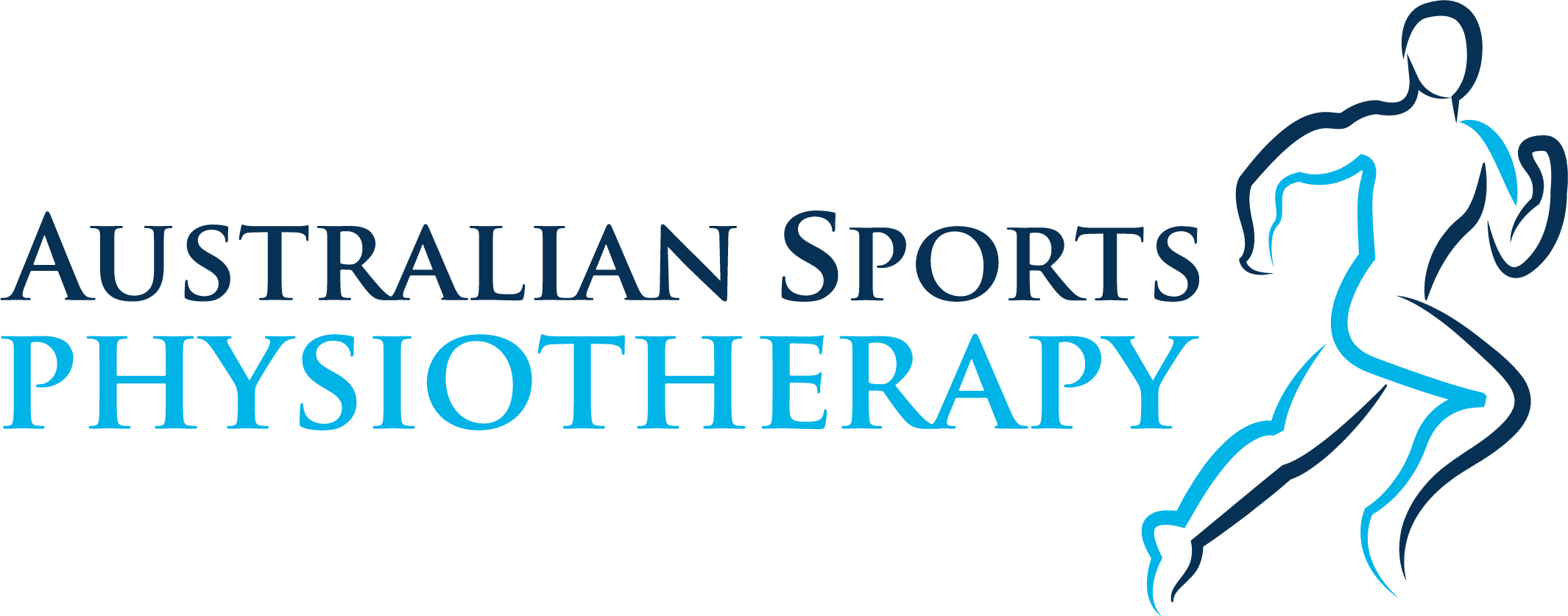Are you tired of the same old Pilates routines for core stability enhancement in physiotherapy? Looking for alternative approaches that can help you achieve better results and keep things interesting?
Pilates has long been a popular choice for improving core strength and stability in physiotherapy settings. While effective, it’s important to explore other options to ensure a well-rounded approach to your rehabilitation and fitness goals.
Diversifying your core stability enhancement techniques in physiotherapy can not only prevent plateaus but also target different muscle groups and movement patterns for comprehensive strength development.
What is the core?
The core muscles are a group of muscles that surround your spine and hips. They are often referred to as your trunk muscles. These muscles work together to provide stability and support for your entire body.
The major core muscle groups
- Abdominal muscles: These muscles are in the front of your torso and include the rectus abdominis (the “six-pack” muscles), the obliques, and the transverse abdominis.
- Lower back muscles: These muscles support your spine and help you move your torso. The main erector spinae muscles.
- Hip muscles: These muscles help connect your legs to your torso and allow you to move your hips. The main hip muscles include the iliopsoas and the gluteals.
- Diaphragm: This dome-shaped muscle separates your chest cavity from your abdominal cavity. It plays an important role in breathing.
- Pelvic floor muscles: These muscles support the organs in your pelvis, including your bladder, bowels, and uterus (in women).
What is core stability?
Core stability refers to your body’s ability to control and maintain the position and movement of your core, which includes all the parts of your body that aren’t your limbs. Essentially, it’s about having a strong and stable centre that allows you to move efficiently and safely.
The two main types of core stability
- Intervertebral stability: This refers to the ability to minimise movement between the vertebrae in your spine. This is achieved by activating smaller core muscles like the transverse abdominis, diaphragm, pelvic floor muscles, and small paraspinal muscles.
- Lumbo-pelvic stability: This refers to the ability to minimise movement between your rib cage and pelvis. This is achieved through abdominal bracing, which involves isometrically tightening your core muscles.
The significance of core stability
Core stability is essential for maintaining good posture, balance, and general strength. The core muscles, including the transverse abdominis, rectus abdominis, obliques, and erector spinae, collaborate to give this stability. Here’s why core stability matters:
1. Posture
A strong core helps us maintain excellent posture by supporting the spine and lowering the likelihood of developing postural abnormalities.
2. Balance
Core stability improves our balance and coordination, making it easier to do daily tasks and decreasing the risk of falling.
3. Injury Prevention
Strengthening the core muscles can help prevent injuries, especially in the lower back, by providing proper support and lowering spinal strain.
4. Efficiency of movement
A solid core enables more efficient movement, whether we’re walking, jogging, or doing advanced physical movements.
Activating and strengthening your core muscles can provide more than back support. It improves general athletic performance, such as speed, agility, and strength. Core stability exercises are essential for not only preventing but also alleviating existing back pain.
Alternative approaches to core stability enhancement in physiotherapy
Here are some alternative approaches to core stability enhancement in physiotherapy:
1. Motor control retraining
This approach focuses on retraining the nervous system to improve how it controls the core muscles. This can be done through specific exercises that challenge the core in different positions and activities.
2. Postural retraining
This approach helps improve posture by retraining the body to hold itself in a more aligned position. This can involve exercises that focus on lengthening and strengthening tight muscles, as well as improving awareness of body position.
3. Breathing exercises
Breathing exercises can help improve core stability by teaching you how to use your diaphragm more effectively. This can help improve core coordination and support.
4. Manual therapy
Manual therapy techniques, such as massage and joint mobilisation, can help improve core stability by releasing tension in the muscles and improving joint range of motion.

Final thoughts
Exploring alternative approaches to core stability enhancement in physiotherapy, besides Pilates, opens up a whole new world of possibilities for improving your overall strength and stability.
Remember, the best approach often involves a combination of techniques tailored to your needs and goals. Consulting a physiotherapist is ideal for creating a personalised core stability program that addresses any specific limitations or injuries.
Book an appointment with one of our experienced physiotherapists today for a comprehensive assessment and customised treatment plan.
